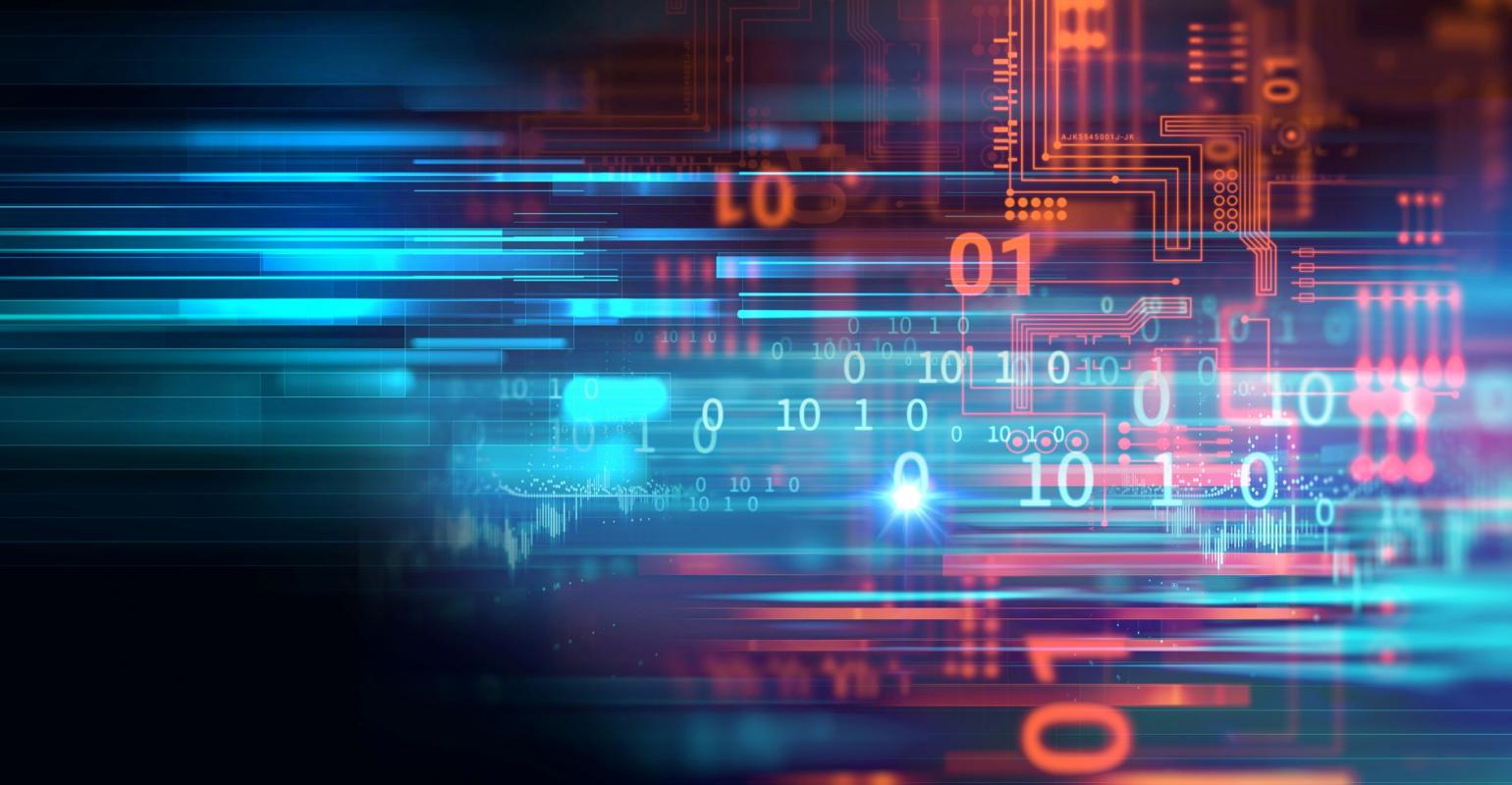The electronics industry has demonstrated the ability to significantly reduce the size, density, and energy consumption of electronic equipment to process and store data at incredible speed.

No one would be surprised to learn that global demand for Data Processing is escalating at an alarmingly exponential rate. Just consider the growth of the internet, with Netflix, Amazon, YouTube, social media, crypto mining, news sites, company websites, smart phones, a host of hand-held devices, artificial intelligence and other data-heavy applications worldwide.
Business and financial transactions have shifted from printed snail mail documents to on-demand electronic formats, with enhanced applications being introduced daily.
Add to that the rapid development of 5G wireless communications, driverless vehicles, and the explosion of robotics. And the “Internet of Things” will utilize lighting technology as a means of transmitting data.
The electronics industry has demonstrated the ability to significantly reduce the size, density, and energy consumption of electronic equipment to process and store data at incredible speed. Storage capacity, for instance, doubles every 12 to 18 months. However, there may be a limit to how small and efficient electronics can be to continue the support our growing use of data.
The Growth of Photonics
Researchers, start-up companies, and existing computer giants are actively developing the technology of Optical Computing or PHOTONICS, a means of processing and storing data utilizing the LIGHT instead of ELECTRONS. We are already taking advantage of the technology of fiber optics for data transmission.
But current use of fiber optics requires the interface of electronics for processing and storage of the data. Photonics will significantly enhance the efficiency of data processing and storage beyond the capabilities of electronics.
Similar to electronics, optical computing utilizes integrated circuits with gates and channels to manage photons. The size of a photon is not a simple matter to describe, but it is in the realm of sub-atomic particles.
A Quantum Leap for Data Processing
To boost the speed of computing even further, the use of QUANTUM computing is being developed. With this technique, the 1’s and 0’s of digital computing will be replaced with 00, 01, 10, and 11 offering significant enhancement of bandwidth.
These technologies lend themselves to parallel processing, where multiple processors work independently and then integrate to achieve the end result, such as artificial intelligence. This is similar to how the human brain functions.
Such advancement in data processing is why scientists believe that computers will exceed the data processing capability of the human brain by the year 2050!






